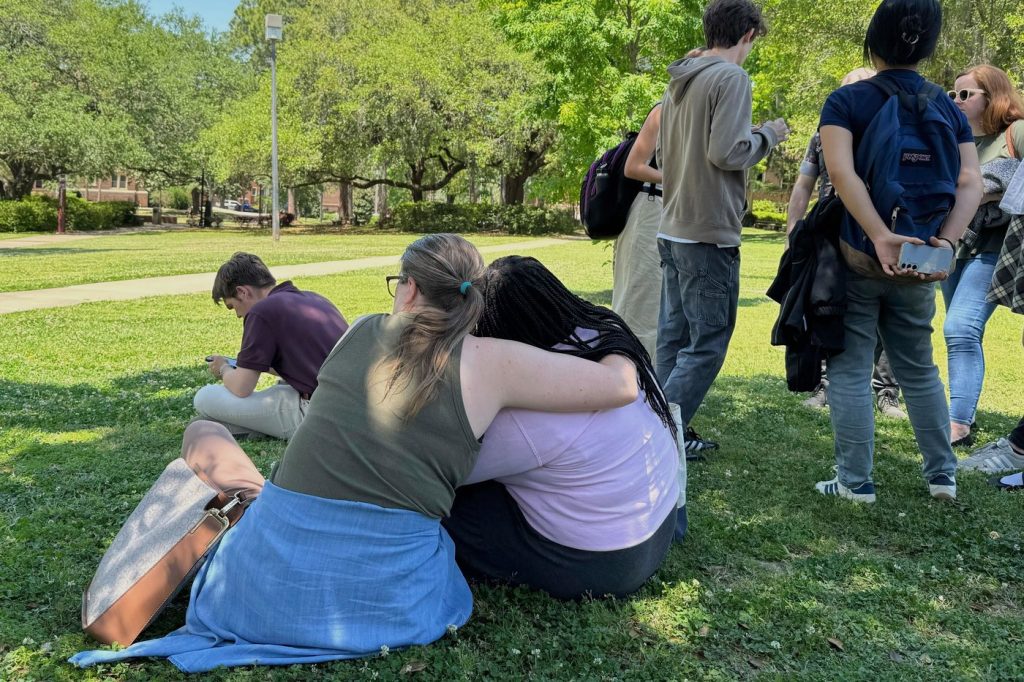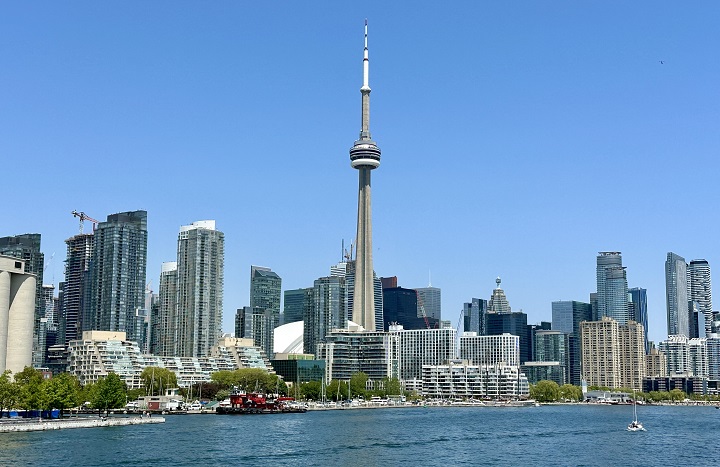Hours-long traffic jam on Lake Shore prompts debate over downtown construction delays
Posted November 17, 2022 5:11 pm.
Last Updated November 17, 2022 6:31 pm.
The City of Toronto is being scrutinized for approving so many construction projects at once, after drivers were caught for hours on a short stretch of Lake Shore between Yonge and Jarvis.
The construction performed by Enbridge Gas is to replace portions of a 4.5-kilometre gas pipeline along Lake Shore Boulevard between Cherry Street and just west of Yonge Street and brings Lake Shore down from four lanes to one.
The lane closures, a considerable nuisance for drivers, who sometimes attempt to exit the traffic jams in dangerous ways, were expected to end Thursday evening.
When asked why the city didn’t bother closing the lanes altogether to avoid the congestion, in a statement to CityNews, a Traffic Management Services spokesperson said, “it’s a very critical corridor.”
“We’re trying our utmost to keep routes open and accessible as much as possible,” Roger Browne said.
But it’s far from the last area of downtown to be affected by upcoming closures. Browne said they scrutinize every request for construction in the city to ensure it’s “critical work that has to get done.”
Advocates say city should encourage commuters to take GO Train, TTC
Starting in early 2023, a stretch of Queen Street from Bay to Victoria Streets will be closed for up to five years to allow for the construction of a new Ontario Line subway station.
The city will install new tracks on Adelaide and Richmond Streets to divert streetcars. That construction is expected to begin soon.
Transit advocates say the city should be encouraging drivers to take the GO Train and TTC to avoid this kind of construction, saying it’s the best option to beat congestion.
“People need somewhere else to go … they need to turn to transit,” said Shelagh with TTC Riders.
But overall, despite several companies bringing employees back to work, TTC ridership is still well below pre-pandemic levels at 66 per cent, while bus ridership is at 76 per cent.
“I think people were hoping that number would be going up and up … it’s a real problem for traffic congestion and our climate goals if people aren’t returning to transit,” added Shelagh.
TTC advocates tell CityNews part of the problem is that TTC service declined during the pandemic to deal with the loss of revenue from low ridership and there has yet to be a total return to service across the system.
Service even dropped during the COVID-19 pandemic to deal with the loss of revenue from lower ridership.
“People can’t count on the TTC, and so if they have the option to pay for an uber, pay for a cab or have a car, they’re going choose that because the TTC service has declined.”
The TTC said otherwise.
“With service almost back to 100 per cent and fewer riders, it’s a better experience,” said TTC spokesperson Stuart Green. “The amount of service we actually have is greater than it would’ve been pre-pandemic. You’ll find more seats on vehicles than you would have pre-pandemic.”
Green said they are running a campaign to remind people that public transit is a good option.
“It’s cheaper, it’s better for the environment, and in many cases, it’s gonna get you there quicker.”
Although not everyone driving in downtown Toronto has easy access to transit — especially those commuting from outside the city.
“Travellers may not have viable, reliable, efficient access to public transit,” said Murtaza Haider, Data Science and Real Estate Management professor at Toronto Metropolitan University.
“There are numerous reasons why people choose to be stuck in traffic. It’s not pleasurable. It’s something people have to do only because they don’t have another recourse,” he said.
Browne tells CityNews that when it comes to approving new construction projects, they have to “be a little bit cautious.”
“To some extent, it’s a bit of a balancing act where we have to go through every single project, understand the engineering behind it, and the necessity for that work,” explained Browne.
“And trying to avoid having too many things going all at once, but at the same extent, every now and then you have situations like this where we got ourselves into a situation where it was critical infrastructure work that had to move forward.”
“We recognized the significant impact it’s going to have on traffic. We implemented everything we could regarding traffic signal timings and agents and that sort of support to try and keep the lanes open. I think it’s a strategy we’re going to continue doing going forward,” Browne added.
The City of Toronto told CityNews the lanes reopened at 5 p.m. Thursday and they are still investigating why this particular project caused such heavy delays.








